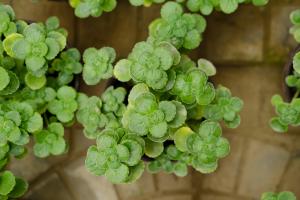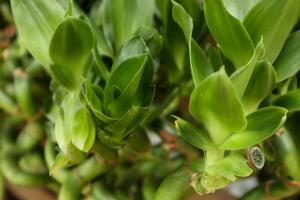Introduction
Agriculture is the backbone of civilization. It is the practice of cultivating crops and raising livestock for food, fuel, fibers, and other products. Agriculture is essential to sustain human life and maintain economic development. However, agriculture also has a significant impact on the environment. Land use change, deforestation, soil degradation, water pollution, and climate change are some of the negative consequences of unsustainable agricultural practices. To address these challenges, various strategies have been developed, including sustainable farming methods, conservation practices, and reforestation programs. In this article, we will explore why a tree planting bar is crucial to agriculture.
The Importance of Trees in Agriculture
Trees play an essential role in agriculture. They provide several benefits to farmers, ecosystems, and society. Here are some of the advantages of trees in agriculture:
Improving Soil Health: Trees have deep roots that penetrate the soil and increase its structure, porosity, and nutrient content. Trees also produce organic matter, which improves soil fertility, water-holding capacity, and soil biodiversity. Trees can also prevent erosion, leaching of nutrients, and runoff of sediments, pollutants, and water.
Providing Shade and Windbreaks: Trees can protect crops, animals, and buildings from excessive heat, cold, wind, and hail. Trees can also reduce evapotranspiration, which conserves water and reduces irrigation needs.
Enhancing Biodiversity: Trees provide habitat, food, and shelter for numerous species of wildlife, including birds, mammals, insects, and fungi. Trees can also increase pollination, pest control, and natural pest resistance, which reduces the need for pesticides.
Producing Food and Fuel: Trees can provide fruits, nuts, timber, firewood, and other products that can sustain local economies and improve livelihoods. Trees can also sequester carbon, which mitigates climate change.
The Challenges of Tree Planting
Despite the benefits of trees in agriculture, planting and maintaining trees can be challenging. Planting trees can be expensive, labor-intensive, and time-consuming. Trees require proper site preparation, seed selection, planting techniques, and maintenance practices, such as watering, fertilizing, pruning, and protecting from pests and diseases. Trees can also compete with crops for water, nutrients, and sunlight, and can shade or cast allelopathic effects on some crops. Finally, trees can also have negative impacts on biodiversity, water resources, and soil quality, depending on the species, location, and management practices.
The Role of Tree Planting Bar
A tree planting bar is a tool that can assist farmers and landowners in planting and maintaining trees. A tree planting bar is a long, narrow metal or plastic bar with a pointed or flat end that is used to make holes in the soil for planting seedlings. The other end of the bar can be used to tamp the soil around the seedlings or to dig small pits for watering or fertilizing. A tree planting bar can also be used to measure the spacing and depth of seedlings, mark the planting sites, and store the seedlings.
The advantages of using a tree planting bar are numerous. Firstly, a tree planting bar can save time and effort by reducing the need for manual digging or tilling, which can be hard on the back and knees. Secondly, a tree planting bar can improve the survival and growth of seedlings by providing them with the proper soil conditions, moisture, and air flow. Thirdly, a tree planting bar can facilitate the planting of trees in difficult terrains or soils, such as rocky, sandy, or compacted soils. Fourthly, a tree planting bar can enhance the accuracy and consistency of tree planting, which can improve the success rates, yields, and quality of crops and other products. Finally, a tree planting bar can reduce the costs of tree planting and maintenance, which can make it more accessible and affordable for small-scale farmers, landowners, and communities.
Conclusion
A tree planting bar is an important tool for sustainable agriculture. It can help farmers and landowners overcome the challenges of tree planting and maintenance and benefit from the many advantages of trees in agriculture. Therefore, we recommend that governments, NGOs, and other stakeholders promote and support the use of tree planting bars in their policies, programs, and outreach activities. By doing so, we can ensure that tree planting becomes a vital part of agriculture and contributes to the long-term resilience and prosperity of our planet.

 how many times do yo...
how many times do yo... how many planted tre...
how many planted tre... how many pine trees ...
how many pine trees ... how many pecan trees...
how many pecan trees... how many plants comp...
how many plants comp... how many plants can ...
how many plants can ... how many plants and ...
how many plants and ... how many pepper plan...
how many pepper plan...
































